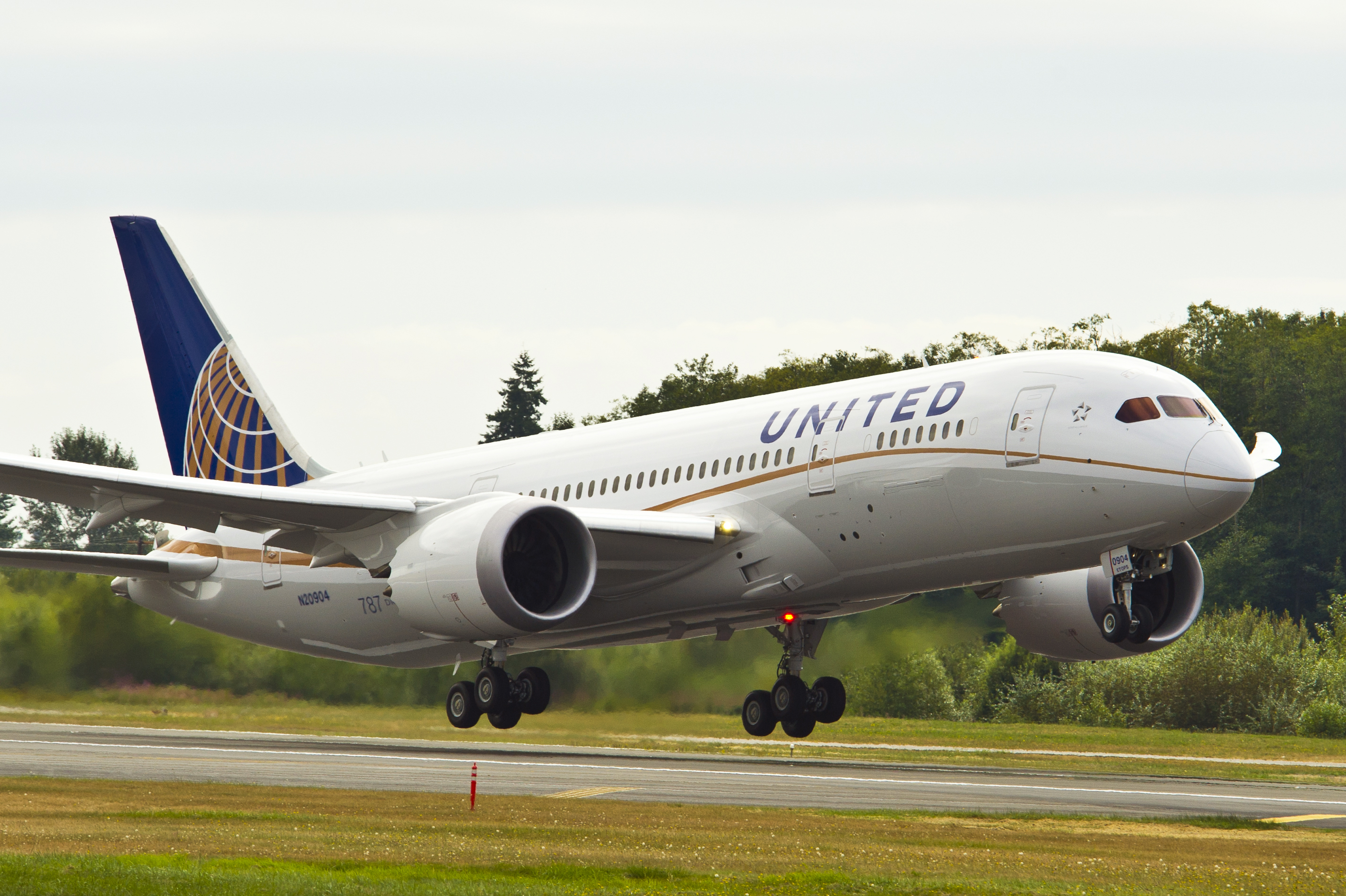
On April 20th, United Airlines reported their Q1 2016 financial results. The airline recorded the following:
- Excluding special items, UAL reported first-quarter net income of $435 million, earnings per share of $1.23 per diluted share and pre-tax earnings of $688 million.
- Including special items, UAL reported first-quarter net income of $313 million, earnings per share of $0.88 per diluted share and pre-tax earnings of $494 million.
- During the first quarter of 2016, the company repurchased $1.5 billion worth of its common stock, representing approximately 8 percent of shares outstanding.
“I am extremely proud of United’s nearly 86,000 aviation professionals for their contributions to these strong results – including the improvements in our reliability, customer satisfaction and financial performance,” said Oscar Munoz, president and chief executive officer of United Airlines. “As we accelerate United’s path forward, we will continue to focus on running a great airline today while innovating for tomorrow.”
For the airline’s Q1 revenue, total Revenue was $8.2 billion, a decrease of 4.8% year over year. First-quarter 2016 consolidated passenger revenue per available seat mile (PRASM) decreased 7.4 percent and consolidated yield decreased 6.1 percent compared to the first quarter of 2015. The decline in PRASM continues to be driven by economic factors including a strong U.S. dollar and lower oil prices. In addition, the company experienced a larger-than-anticipated decrease in close-in business travel during the weeks surrounding the Easter holiday and spring break.
The company continues to focus on providing customers options to personalize their travel experience and, this quarter, launched its new bundled products offering, which is exceeding expectations.
Total operating expense excluding special charges was $7.4 billion in the first quarter, down 5.7 percent year-over-year. Including special charges, total operating expense was $7.5 billion, a 4.1 percent decrease year-over-year. The decrease was largely driven by lower oil prices. Consolidated unit cost (CASM), excluding special charges, third-party business expenses, fuel and profit sharing, increased 1.3 percent compared to the first quarter of 2015. Consolidated CASM including those items decreased 5.7 percent year-over-year.
In the first quarter, UAL generated $1.2 billion in operating cash flow, $376 million in free cash flow and ended the quarter with $5.3 billion in unrestricted liquidity, including $1.35 billion of undrawn commitments under its revolving credit facility. During the first quarter, the company continued to invest in its business through gross capital expenditures of approximately $820 million, excluding fully reimbursable projects, and repurchased $1.5 billion worth of its common stock, representing approximately 8 percent of shares outstanding. UAL earned a 20.8 percent return on invested capital for the 12 months ended March 31, 2016.
The airline also listed down their recent accomplishments during the Q1 of 2016:
- Reported best quarterly on-time performance since the merger with a mainline arrival rate of 71.9 percent.
- Achieved best quarterly mishandled bag rate since the merger of Continental Airlines.
- Employees earned cash-incentive payments of approximately $30 million for achieving operational performance goals.
- Reached ratified agreements with more than half of represented employees – pilots, dispatchers and IAM-represented employees. The company remains focused on getting contracts like these for flight attendants and technicians.
For the Network & Fleet of the airline, they haven’t been messing around in Q1!:
- Announced new international routes including service between San Francisco and Hangzhou, China and San Francisco and Singapore, both with the Boeing 787-9 Dreamliner and subject to government approval.
- Launched the first-ever nonstop service between San Francisco and Tel Aviv.
- Announced a joint venture revenue-sharing agreement with Air New Zealand.
- Signed a multi-year agreement to strengthen partnership and established a joint strategic initiative with Air China.
- Ordered 65 customer-pleasing, two-cabin Boeing 737-700 aircraft, reducing reliance on 50-seat aircraft.
Overall, the airline has had a strong start to 2016. It will be interesting to see whether some of their figures will be back on the rise or whether they will continue to decline slowly.










